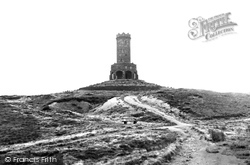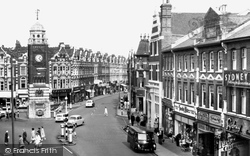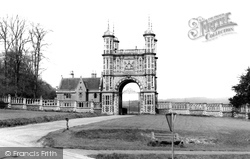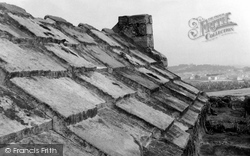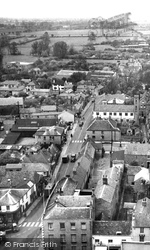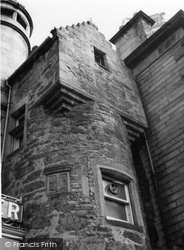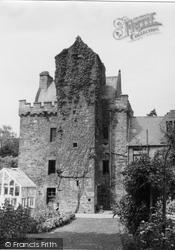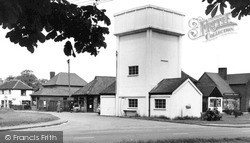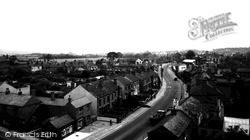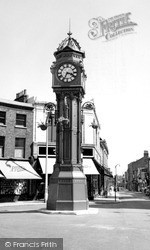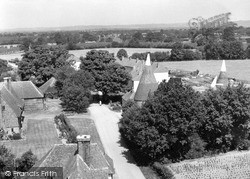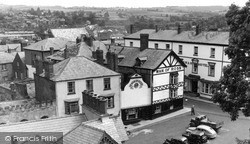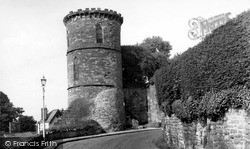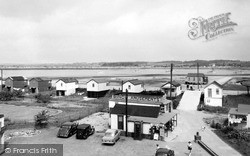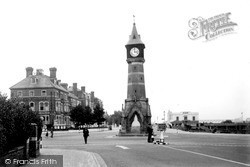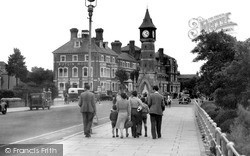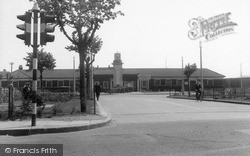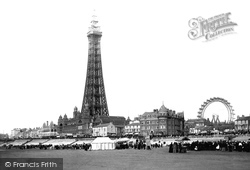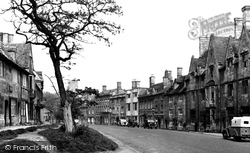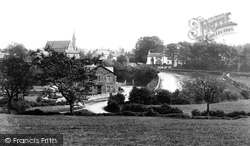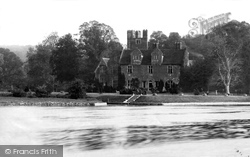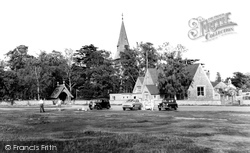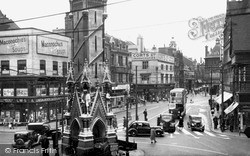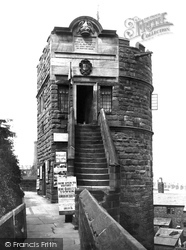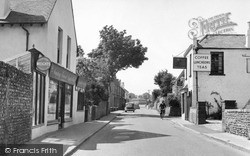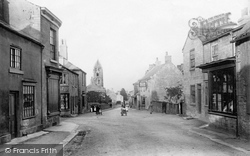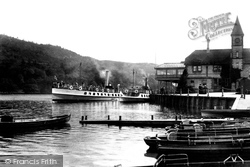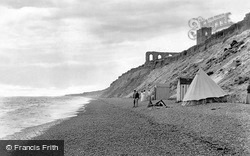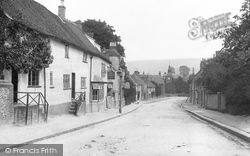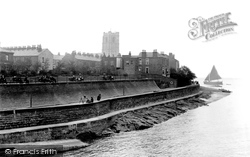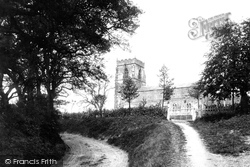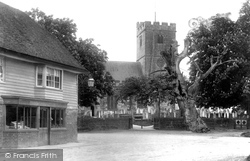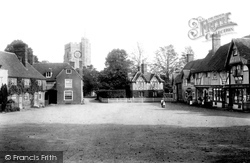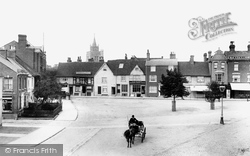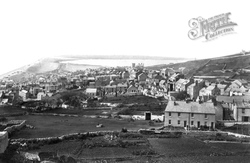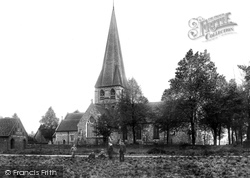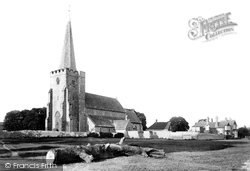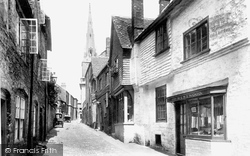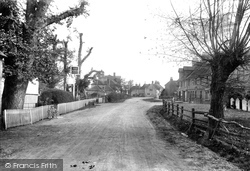Places
36 places found.
Those places high-lighted have photos. All locations may have maps, books and memories.
- Poplar, Middlesex
- Bow, Middlesex
- Bethnal Green, Middlesex
- Stepney, Middlesex
- Alton Towers, Staffordshire
- Isle of Dogs, Middlesex
- Limehouse, Middlesex
- Spitalfields, Middlesex
- Barjarg Tower, Dumfries and Galloway
- Bromley, Middlesex
- Stratford Marsh, Middlesex
- Tower Hill, Merseyside
- Tower Hill, Essex
- St George in the East, Middlesex
- Wapping, Middlesex
- Globe Town, Middlesex
- Old Ford, Middlesex
- Cubitt Town, Middlesex
- Tower Hill, Cheshire
- Tower Hill, Surrey
- Bow Common, Middlesex
- Mile End, Middlesex
- Millwall, Middlesex
- Ratcliff, Middlesex
- Warmley Tower, Avon
- Tower Hill, Hertfordshire
- Tower End, Norfolk
- Tower Hamlets, Kent
- Tower Hill, Devon
- Tower Hill, West Midlands
- Blackwall, Middlesex
- North Woolwich, Middlesex
- Hackney Wick, Middlesex
- Shadwell, Middlesex
- South Bromley, Middlesex
- Tower Hill, Sussex (near Horsham)
Photos
2,720 photos found. Showing results 2,161 to 2,180.
Maps
223 maps found.
Books
1 books found. Showing results 2,593 to 1.
Memories
637 memories found. Showing results 637 to 637.
Captions
3,036 captions found. Showing results 2,593 to 2,616.
Facing the sands were (from the left) the Prince of Wales Theatre, the Winter Gardens, the Tower, the Royal Hotel, the New Inn, the Big Wheel, and the Coffee Palace.
Presiding over the town's broad High Street is the 120 feet high, pinnacle-topped tower of St James', which dates from the 15th century.
The tower fell in 1770 and has been replaced by a brick bellcote.
Our photograph shows both the village churches: the Roman Catholic spire is to the left and the Anglican tower to the right.
The church, whose Norman tower stands on the north side of the building, has an eastern apse constructed through it, indicating that it was used as a separate chapel.
The Hobys took over in 1540 and rebuilt it, adding the triple- turreted tower in 1560.
This proved inadequate and in 1869 G E Street buttressed and raised the tower, added a spire and rebuilt the rest of the church we see now.
The pinnacled and canopied Clock Tower, designed by Joseph Goddard in 1868, dominates the forefront of the photograph, while its four stoney local worthies, Simon de Montfort, William Wyggeston,
Also known as the Phoenix Tower, it was from here on 24 September 1645 that King Charles watched the Battle of Rowton Heath which took place just outside the city walls.
The Norman church of St Mary has many Saxon features including a tower with a Rhenish helm roof, which is unique in Britain.
The tower is modelled on Angouleme Cathedral. The builder, Joseph Aloysius Hansom, had in 1836 patented the new safety cab bearing his name.
The terminal still exists, but the buildings are more utilitarian; the main building with the tower has been replaced.
There were still substantial remains of All Saints' parish church on the cliff top above the beach tents when this photograph was taken; here we see the tower and nave.
This view looks down the High Street towards the clock tower. This was built as a market hall and lock up, or temporary prison, in 1842, but in 1870 the clocktower, belfry and spire were added.
The square tower, centre, is St Mary's Church, built in 1908. A Mersey schooner is heading for Spike Island and the St Helen's Canal just behind it.
In 1770 the owner, Sir William Strickland, built the Carnaby Temple, an octagonal tower two storeys high, possibly for use as a lookout.
This 15th-century church built of squared ragstone blocks has a tower 75 feet high standing amid a number of chestnut trees.
Here we see the heart of what many claim is Kent's prettiest village: the tower of its 15th-century flintstone church of St Mary's looks down on this spacious square lined with half-timbered Tudor and
Probably the original market place, and nearer the parish church whose tower looms in the background, Kingsbury Square was laid out in the Middle Ages and has several good, old buildings including
Fortune's Well, the main street (centre right), leads to the tower of the church of St John the Baptist and gives its name to Fortuneswell village.
When was rebuilt a dome was constructed over the crossing and a new bell tower at the west end.
In this view, St Andrew's church is still crisp and fresh from its thorough 1885 restoration; it is a mainly Early English Gothic church with a 14th-century west tower and spire.
Lombard Street is one of the least changed streets in this delightful market town, a tangle of narrow lanes and alleys winding to the east of the towering walls of Petworth House's grounds.
On the right can be seen gravestones in the churchyard of St Mary's church; it has a mostly medieval tower, but the rest of the church was rebuilt in 1855, paid for by the Broadwood family.
Places (38)
Photos (2720)
Memories (637)
Books (1)
Maps (223)


